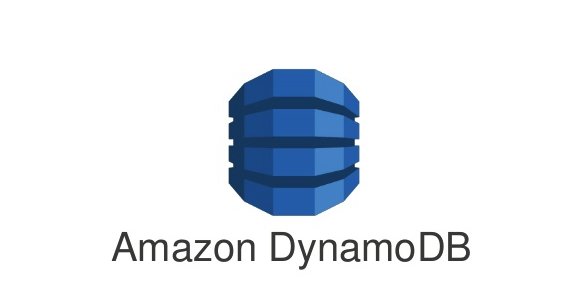Getting Started with Amazon DynamoDB in AWS: A Beginner's Guide
 Sumit Mondal
Sumit Mondal
Introduction:
Amazon DynamoDB is a fully managed NoSQL database service provided by Amazon Web Services (AWS). It is designed to deliver fast and predictable performance with seamless scalability. In this blog post, we'll explore the basics of using Amazon DynamoDB, along with some practical examples to help you get started.
- Setting Up Your AWS Account:
Before diving into DynamoDB, ensure you have an AWS account. If you don't have one, you can easily sign up on the AWS website. Once you have your account, navigate to the AWS Management Console.
- Accessing DynamoDB:
In the AWS Management Console, locate the "DynamoDB" service. Click on it to access the DynamoDB dashboard.
- Creating a Table:
To begin, you'll need to create a table. Click on the "Create table" button and provide a name for your table. For demonstration purposes, let's create a table to store information about books.
Table Name: Books
Primary Key: ISBN (as the partition key)
- Inserting Data:
Once your table is created, it's time to add some data. Click on the "Items" tab and then the "Create item" button. Enter the details for a book, such as ISBN, Title, Author, and Published Year.
{
"ISBN": {"N": "1234567890"},
"Title": {"S": "The Hitchhiker's Guide to the Galaxy"},
"Author": {"S": "Douglas Adams"},
"PublishedYear": {"N": "1979"}
}
This example demonstrates inserting data into DynamoDB using the AWS SDK or AWS CLI would be similar.
- Querying Data:
DynamoDB allows you to query data efficiently. Let's query for books published after the year 2000.
aws dynamodb query \
--table-name Books \
--key-condition-expression "PublishedYear > :year" \
--expression-attribute-values '{":year": {"N": "2000"}}'
This command queries the "Books" table for items with a "PublishedYear" greater than 2000.
- Updating and Deleting Data:
Updating and deleting data are straightforward in DynamoDB. For instance, let's update the author of a specific book.
aws dynamodb update-item \
--table-name Books \
--key '{"ISBN": {"N": "1234567890"}}' \
--update-expression "SET Author = :author" \
--expression-attribute-values '{":author": {"S": "New Author"}}'
This example uses the AWS CLI to update the author of a book with the given ISBN.
- Scaling DynamoDB:
One of DynamoDB's strengths is its scalability. You can easily adjust the throughput capacity of your table based on your application's needs.
- Conclusion:
Amazon DynamoDB offers a reliable and scalable solution for managing NoSQL databases in the cloud. With its seamless integration into the AWS ecosystem, it becomes a powerful tool for developers building scalable and high-performance applications.
Remember to refer to the official DynamoDB documentation for more in-depth information and advanced features. Happy coding!
Subscribe to my newsletter
Read articles from Sumit Mondal directly inside your inbox. Subscribe to the newsletter, and don't miss out.
Written by

Sumit Mondal
Sumit Mondal
Hello Hashnode Community! I'm Sumit Mondal, your friendly neighborhood DevOps Engineer on a mission to elevate the world of software development and operations! Join me on Hashnode, and let's code, deploy, and innovate our way to success! Together, we'll shape the future of DevOps one commit at a time. #DevOps #Automation #ContinuousDelivery #HashnodeHero